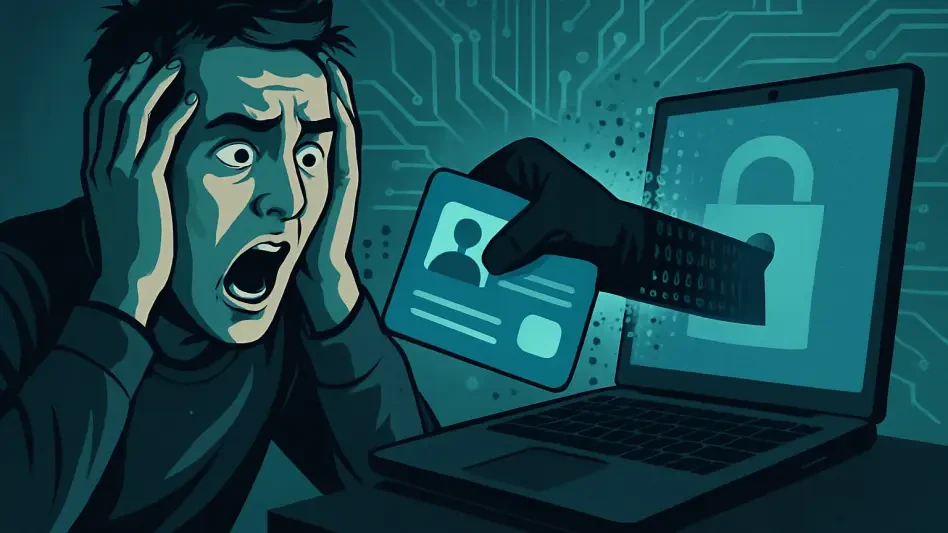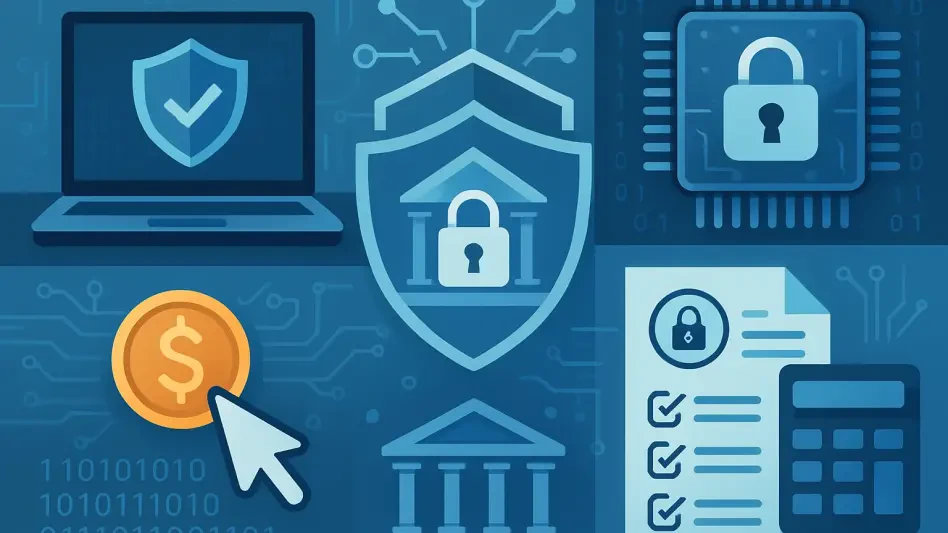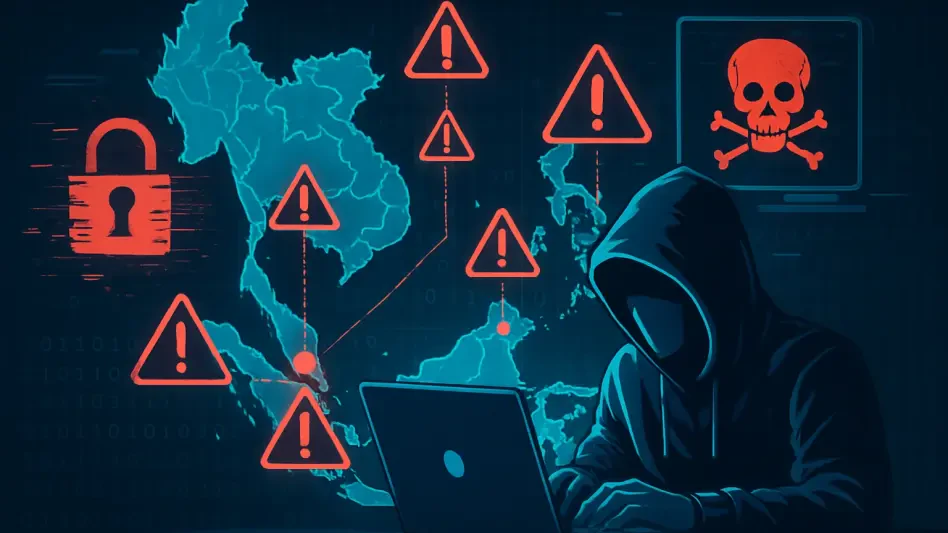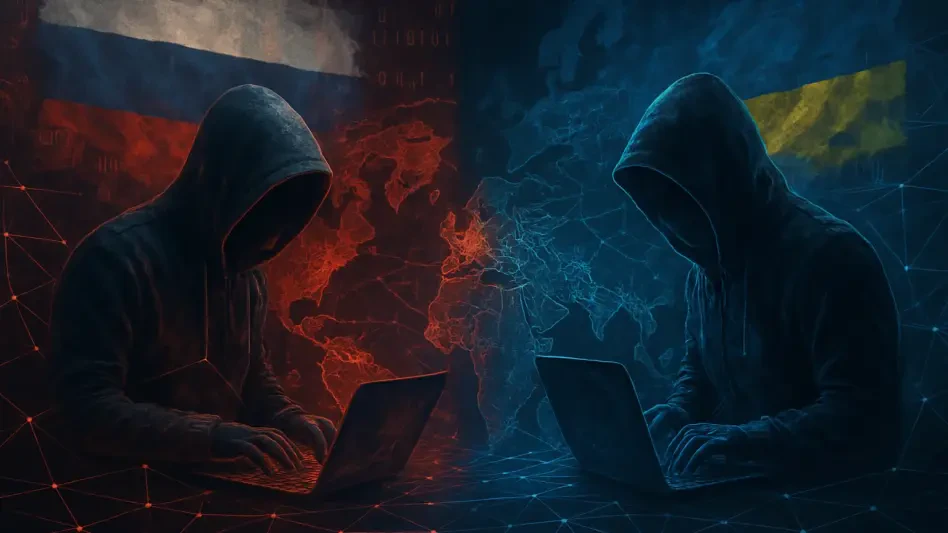Zero Trust is revolutionizing the cybersecurity landscape in 2025 by shifting the focus from traditional security measures to a more stringent, proactive approach. This transformation is driven by the need to combat increasingly sophisticated cyber threats and protect sensitive data in an ever-evolving digital environment. By implementing Zero Trust principles, organizations can effectively safeguard their digital assets and create a resilient security framework.
The Zero Trust Doctrine
Default-Deny Approach
The core principle of Zero Trust is the default-deny methodology, which contrasts sharply with the traditional default-allow stance. This approach ensures that only verified and authorized users and devices can access the network, significantly reducing the risk of unauthorized breaches. In a default-allow model, the system grants access by default, only blocking known threats. However, the ever-evolving nature of cyber threats means many attacks can bypass these defenses. Zero Trust flips this model, assuming every access attempt is suspicious until proven otherwise.
Implementing a default-deny approach requires robust verification mechanisms. These mechanisms include multi-factor authentication, biometric verification, and continuous device monitoring. By granting access only to verified identities and trusted devices, organizations can prevent a significant number of cyber incidents that occur due to compromised credentials or unauthorized devices. This methodology creates a security environment where breaches are significantly harder to accomplish, as every step within the network requires authentication and approval.
Continuous Verification
Zero Trust emphasizes continuous verification of user identities and device integrity. This means that even after initial access is granted, users and devices are constantly monitored and re-verified to ensure they remain trustworthy. The continuous verification process involves the use of advanced technologies such as artificial intelligence and machine learning to analyze behavioral patterns and detect anomalies in real-time. If anything unusual is detected, access can be revoked instantly, mitigating potential threats before they escalate.
Continuous verification extends beyond just monitoring login attempts or device connections. It scrutinizes every action within the network, from file access to data transfers, ensuring that all activities align with predefined security policies. This constant vigilance ensures that even if a hacker manages to breach the initial defenses, their activities can be quickly detected and neutralized. It exemplifies a proactive approach where defenders stay one step ahead of attackers, rather than reacting to breaches after they occur.
Human Factors in Cybersecurity
Combating Complacency
One of the major challenges in cybersecurity is human complacency. Seasoned professionals may become overconfident, leading to gaps in security. Zero Trust addresses this by enforcing rigorous, ongoing vigilance and education to keep defenders alert and informed. Complacency can set in for various reasons – familiarity with daily tasks, previous successes in preventing breaches, or a lack of recent incidents. However, cyber threats continuously evolve, and a single moment of laxity can lead to disastrous consequences.
Zero Trust combats complacency by adopting a never-trust, always-verify mentality. This mindset ensures that professionals remain constantly on guard, scrutinizing every detail and questioning any anomalies. Furthermore, by embedding security practices into the daily workflow and making them second nature, Zero Trust ensures that vigilance is maintained consistently. A culture that prioritizes security at every level of an organization can prevent the complacency that often leads to vulnerabilities.
Importance of Training
Continuous training and education are crucial in the Zero Trust framework. Cybersecurity professionals must stay updated on the latest threats and best practices to effectively implement and manage Zero Trust principles. Regular training sessions, hands-on workshops, and scenario-based exercises can help reinforce the importance of these principles and ensure that defenders are equipped with the necessary skills to tackle emerging threats. Knowledge is a powerful tool in the fight against cybercrime, and continuously updating that knowledge is essential for maintaining robust defenses.
Training also involves educating employees about their role in maintaining security. Non-technical staff often interact with systems and data that are potential targets for cyber threats. By educating them on recognizing phishing attempts, securing their devices, and following best practices for data handling, organizations can create a first line of defense that prevents many attacks before they reach critical systems. In 2025, as the threat landscape grows increasingly complex, continuous education will be a cornerstone of effective cybersecurity.
Advanced Threat Landscape
Sophisticated Cyber Threats
Cyber threats are becoming more sophisticated and well-funded, necessitating advanced defensive strategies. Zero Trust’s stringent access controls and continuous monitoring are essential in mitigating these evolving risks. Today’s cybercriminals are no longer lone hackers but organized groups with significant financial backing, employing advanced techniques and tools to breach security defenses. Traditional methods of defense are often insufficient against such sophisticated attacks, making a Zero Trust approach indispensable.
Zero Trust equips organizations with the tools to stay ahead of these threats. By enforcing a default-deny approach and implementing continuous verification, it becomes much harder for cybercriminals to penetrate defenses. Additionally, the use of adaptive policies, where security measures dynamically adjust based on real-time threat intelligence, ensures that defenses remain one step ahead. By combining sophisticated technology with a stringent security mindset, Zero Trust provides a robust defense against even the most advanced cyber threats.
Ransomware and Financial Motivations
The rise of ransomware and financially motivated cybercriminals underscores the need for robust security measures. Zero Trust helps prevent such attacks by limiting access and continuously verifying the legitimacy of users and devices. Ransomware attacks have become increasingly prevalent, with cybercriminals targeting vital data and demanding substantial ransoms. The financial motivations behind these attacks mean that they are often meticulously planned and executed, making them particularly challenging to defend against.
Zero Trust mitigates the risk of ransomware by minimizing the attack surface. By ensuring that only authorized users and devices have access to critical data, it becomes much harder for attackers to deploy ransomware effectively. Continuous monitoring means that any suspicious activity, such as unusual file encryptions or data transfers, is detected and halted immediately. Moreover, by enforcing strict data access policies and ensuring that backups are secure and isolated, organizations can recover more efficiently in the event of an attack, reducing the financial impact and discouraging future attempts.
Practical Implementation Strategies
Resource Optimization
Implementing Zero Trust can be challenging, especially for organizations with limited budgets. Leveraging free tools, building strong vendor relationships, and optimizing existing resources are practical strategies to overcome these constraints. Zero Trust does not necessarily require a complete overhaul of existing infrastructure. Instead, it can often be integrated with current systems, enhancing their capabilities and providing a layered, more robust defense.
Organizations can take advantage of open-source security tools and frameworks that support Zero Trust principles. These tools can help enforce strict access controls, monitor user activities, and detect anomalies without significant financial investment. Additionally, forming strategic partnerships with vendors can provide access to cutting-edge security technologies at a reduced cost. By optimizing existing resources and employing creative solutions, even organizations with constrained budgets can implement effective Zero Trust defenses.
Fine-Tuning Security Tools
Continuous fine-tuning and configuration of security tools are vital in a Zero Trust framework. Automated security products must be actively managed and adjusted to ensure they provide optimal protection. Simply deploying security tools is not enough; they must be monitored and configured to respond to evolving threats. This involves regularly updating policies, refining detection rules, and ensuring that tools are integrated seamlessly to provide a comprehensive security posture.
Fine-tuning also includes conducting regular security audits and assessments to identify and address vulnerabilities. By continuously evaluating the effectiveness of security measures, organizations can ensure that their defenses remain robust and effective. The dynamic nature of cyber threats means that what works today might not be sufficient tomorrow. Zero Trust emphasizes a proactive approach, where continuous improvement and adaptation are key to maintaining a strong security posture.
The Broader Cyber Threat Landscape
Cyber Warfare Reality
The current cybersecurity context is akin to ongoing warfare, with real-world, life-threatening implications. Zero Trust’s stringent security measures are crucial in protecting against these serious threats. Cyber warfare involves state-sponsored attacks, critical infrastructure sabotage, and large-scale espionage. The stakes are higher than ever, and the consequences of successful attacks can be devastating, affecting national security, economic stability, and public safety.
Zero Trust provides a framework for defending against these high-stakes threats. By implementing stringent access controls, continuous monitoring, and adaptive security policies, organizations can create resilient defenses capable of withstanding sophisticated attacks. The proactive nature of Zero Trust ensures that threats are detected and neutralized before they can cause significant harm, providing a robust defense in the face of escalating cyber warfare.
Basic Protocols and Hygiene
The year 2025 marks a significant shift in the cybersecurity landscape with the adoption of Zero Trust practices. Unlike traditional security measures, which often rely on perimeter defenses, Zero Trust emphasizes a more stringent and proactive stance. This change is crucial as cyber threats grow increasingly sophisticated, posing greater risks to sensitive data. In this constantly evolving digital environment, old security methods are no longer sufficient.
Zero Trust operates on the fundamental principle that no entity, whether inside or outside the network, should be trusted by default. Every access request must be verified before being granted, significantly limiting the potential for unauthorized access. By continuously validating the identity and health of users and devices, this approach establishes a robust safeguarding mechanism against breaches.
The adoption of Zero Trust practices allows organizations to protect their digital assets more effectively. This robust security framework not only mitigates risks but also ensures resilience against future threats. As cyber threats become more complex, the need for proactive security measures becomes increasingly evident. By shifting to a Zero Trust model, companies are better able to address and respond to the dynamic challenges of modern cybersecurity. Hence, Zero Trust is playing a pivotal role in shaping the cybersecurity strategies of the future.







